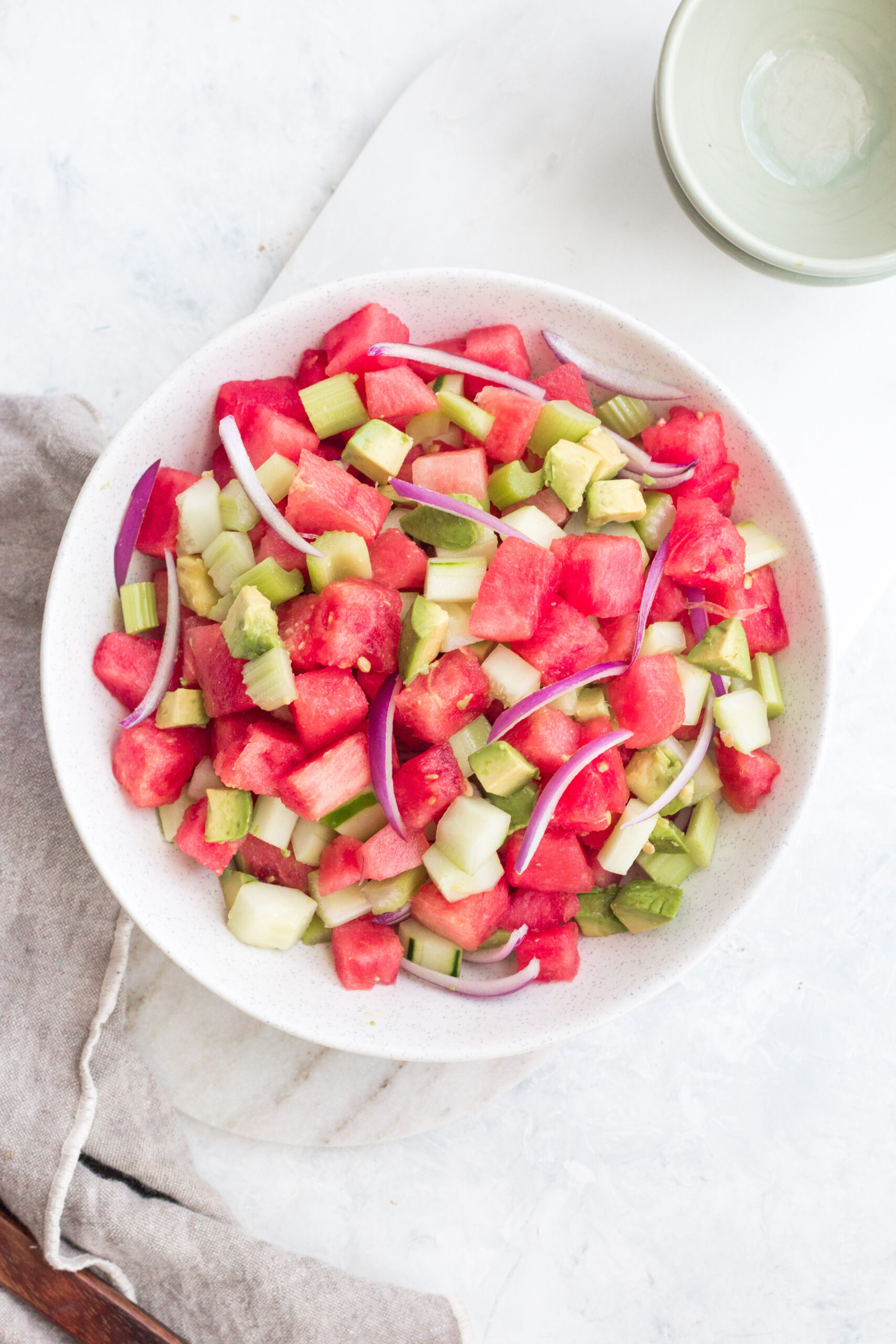
Have you ever overlooked cauliflower?
You’re not alone! But this versatile veggie can be a delicious and nutritious addition to your diet. The key is finding ways to prepare it that you enjoy.
For many, cauliflower conjures up memories of bland, unappetizing meals. But as our palates develop, we can learn to appreciate the unique flavors and textures of vegetables like cauliflower.
Cauliflower belongs to the cruciferous vegetable family, alongside broccoli, kale, and Brussels sprouts. It’s most commonly white, but also comes in green, purple, and even orange varieties.
Cauliflower for Picky Eaters (and Everyone Else!)
Anyone who cooks for picky eaters knows the struggle of getting enough vegetables on the table. Cauliflower can be a lifesaver! It can be mashed like potatoes, riced for use in dishes like sushi rolls, or even made into pizza crust.
Here are some ways to incorporate cauliflower into your meals:
- Enjoy it raw with hummus or salsa for a refreshing snack.
- Steam it lightly for a simple side dish with a sprinkle of Himalayan salt.
- Mash it with ghee for a creamy and flavorful accompaniment.
- Roast it with coconut oil for a crispy and satisfying treat.
- Puree it into soups for added depth and nutrients.
- Use it to make a grain-free pizza crust.
- Rice it for a low-carb alternative to regular rice.
A Nutritional Powerhouse
Cauliflower isn’t just versatile; it’s packed with nutrients! Here’s a glimpse of what it offers:
- Vitamins C, K, and B vitamins
- Low glycemic load and low in carbohydrates
- Potassium, magnesium, manganese, and iron
- Fiber and protein
- Omega-3 fatty acids
- Sulforaphane, a compound with potential anti-cancer properties
But that’s not all! Cauliflower contains glucosinolates, sulfur-containing compounds that provide a variety of health benefits, including cardiovascular health, digestive health, immune support, anti-inflammatory properties, and detoxifying the system. Cauliflower boasts an impressive array of these glucosinolates, including:
- Glucoiberin
- Glucoerucin
- Glucoraphanin
- Neoglucobrassicin
- Progoitrin
- Sinigrin
- 4-hydroxyglucobrassicin
- 4-methoxyglucobrassicin
Cauliflower is also a great source of antioxidants. In fact, it ranks as the 10th best source of vitamin C in the vegetable family! Here are some of the antioxidant superstars found in cauliflower:
- Beta-carotene
- Cinnamic acid
- Ferulic acid
- Beta-cryptoxanthin
- Caffeic acid
- Quercetin
- Rutin
And to top it off, cauliflower contains DIM (di-indolyl-methane), which has shown promise in treating HPV (Human Papilloma Virus) and cervical dysplasia.
Tips for Selecting and Storing Cauliflower
When choosing cauliflower, look for heads with clean, creamy white curds that are compact and not separated. Avoid any signs of mold or brown spots. Heads with fresh, green leaves are generally fresher.
Here are some tips for storing cauliflower:
- Store uncooked cauliflower in a paper bag in the refrigerator for up to a week.
- Place the cauliflower stem-side down to prevent moisture build-up.
Join the Cauliflower Revolution!
Ready to give cauliflower a try? With so many ways to prepare it, you’re sure to find a few recipes you and your family will love. Experiment and discover your own favorite ways to enjoy this nutrient-rich veggie. Including cauliflower in your meals is a simple way to boost your health and get your golden glow!


Share this blog post
You may also like
Tick Bites: The Perils Of Delayed Detection of Lyme Disease and How Timing is Key

Beneath the Tap: Unmasking the Dangers of Lead Lurking in Our Water Supply

Hidden Factors Affecting Blood Sugar Balance

Golden Glow Essentials: Holiday Gifts for Mind, Body, and Soul

Everyday Sources of Heavy Metals & What You Can Do

Beach Bod on the Go!

